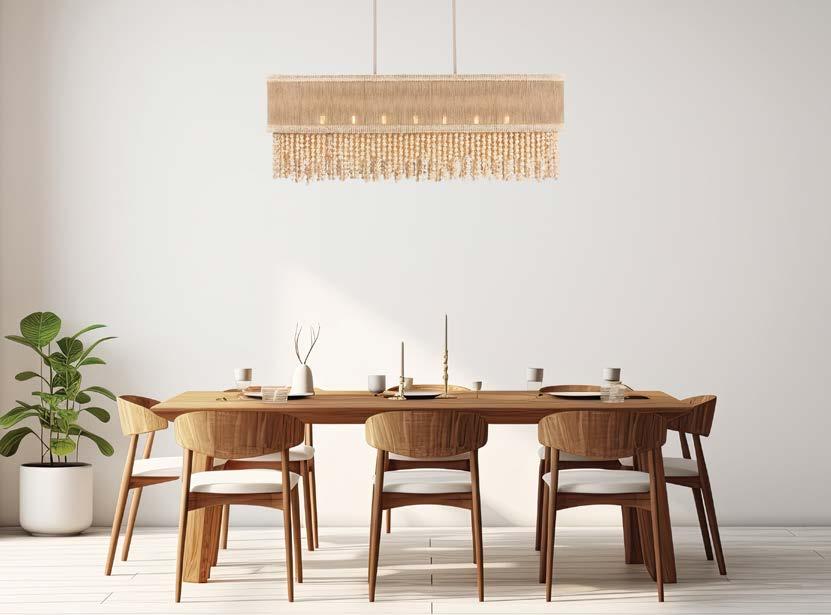

KALCO LIGHTING LIGHTING LOOKBOOK NATURALS
ABOUT THIS BOOK
Created to inspire, we’ve assembled some of our most noteworthy predictions to help you articulate your design visions. From transitional to contemporary, Kalco Lighting and Allegri Crystal products suit a multitude of design styles.
We hope this report provides motivation as well as inspiration.
NATURAL MATERIALS
Abacá rope, also known as Manila rope, is a natural fiber rope made from the fibers of the abaca plant, which is a species of banana native to the Philippines. The rope is valued for its strength, durability, and resistance to abrasion and water.
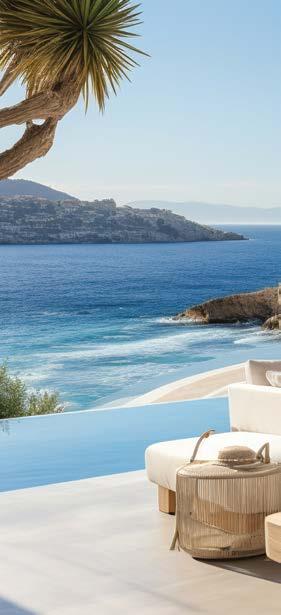
527056WIV BRANCHE 36” CHANDELIER
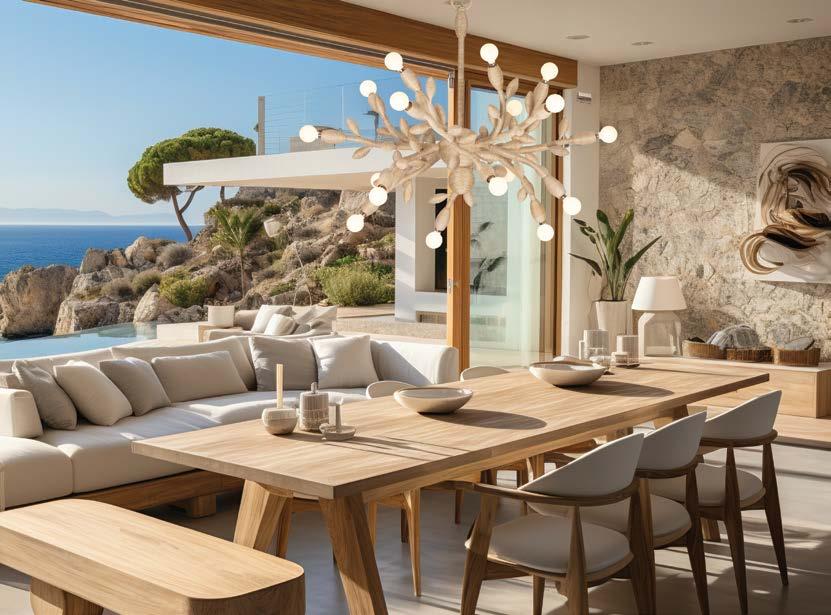
HISTORY OF ABACÁ
Abacá (Filipino: abaka), also known as Manila hemp, is a species of banana, Musa textilis, endemic to the Philippines. The plant grows to 13–22 feet (4.0–6.7 m), and averages about 12 feet (3.7 m). The plant has great economic importance, being harvested for its fiber extracted from the leaf-stems.
The fiber is also exceptionally strong, stronger than hemp and naturally salt-resistant, making it ideal for making twines and ropes (especially for maritime shipping). It became a major trade commodity in the colonial era for this reason.The abaca industry declined sharply in the mid-20th century when abaca plantations were decimated by World War II and plant diseases, as well as the invention of nylon in the 1930s. Today, abaca is mostly used in a variety of specialized paper products including tea bags, filter paper and banknotes. Manila envelopes and Manila paper derive their name from this fiber.
Abacá is classified as a hard fiber, along with coir, henequin and sisal. Abaca is grown as a commercial crop in the Philippines, Ecuador, Costa Rica.
CULTIVATION
The plant is normally grown in well-drained loamy soil, using rhizomes planted at the start of the rainy season. In addition, new plants can be started by seeds. Growers harvest abacá fields every three to eight months after an initial growth period of 12–25 months. Harvesting is done by removing the leaf-stems after flowering but before the fruit appears. The plant loses productivity between 15 and 40 years. The slopes of volcanoes provide a preferred growing environment. Harvesting generally includes several operations involving the leaf sheaths:
• tuxying (separation of primary and secondary sheath)
• stripping (getting the fibers)
• drying (usually following the tradition of sun-drying).
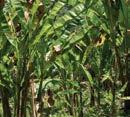


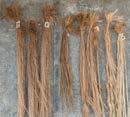

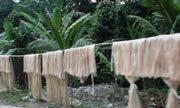
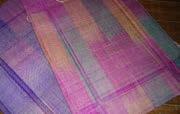
ABACÁ PLANTS THE TUXY, THE OUTER LAYER OF THE LEAF SHEATH CONTAINS PRIMARY FIBRES
AIR-DRIED AND BUNDLED TOGETHER, SORTED BY COLOUR GRADES
TUXIES ARE SEPARATED BY HAND USING A STRIPPING KNIFE
ABACÁ MUSA TEXTILIS
MATS MADE FROM WOVEN ABACÁ FIBERS FROM THE PHILIPPINES
ABACÁ FIBER IN THE PHILIPPINES
“JUTE” NATURAL FIBER
Jute is a long, rough, shiny bast fibre that can be spun into coarse, strong threads. It is produced from flowering plants in the genus Corchorus, of the mallow family Malvaceae. The primary source of the fiber is Corchorus olitorius, but such fiber is considered inferior to that derived from Corchorus capsularis.
Jute fibers, composed primarily of cellulose and lignin, are collected from bast (the phloem of the plant, sometimes called the “skin”). The industrial term for jute fiber is raw jute. The fibers are off-white to brown and range from 1–4 meters (3.3–13.1 ft) long. In Bangladesh, jute is called the “golden fiber” for its color and monetary value.
The bulk of the jute trade is centered in South Asia, with India and Bangladesh as the primary producers. The majority of jute is used for durable and sustainable packaging, such as burlap sacks. Its production and usage declined as disposable plastic packaging became common, but this trend has begun to reverse as merchants and even nations phase out or ban single-use plastics.
HISTORY
For centuries, jute has been a part of the culture of Bangladesh and some parts of West Bengal and Assam. The British started trading in jute during the seventeenth century. During the reign of the British Empire, jute was also used in the military. British jute barons grew rich by processing jute and selling manufactured products made from it. Dundee Jute Barons and the British East India Company set up many jute mills in Bengal, and by 1895 jute industries in Bengal overtook the Scottish jute trade. Many Scots emigrated to Bengal to set up jute factories. More than a billion jute sandbags were exported from Bengal to the trenches of World War I, and to the American South for bagging cotton. It was used in multiple industries, including the fishing, construction, art, and arms industries.
Due to its coarse and tough texture, jute could initially only be processed by hand, until someone in Dundee discovered that treating it with whale oil made it machine processable.The industry boomed throughout the eighteenth and nineteenth centuries (“jute weaver” was a recognized trade occupation in the 1901 UK census), but this trade largely ceased by about 1970, being substituted for by synthetic fibres. In the 21st century, jute has become a large export again, mainly in Bangladesh.


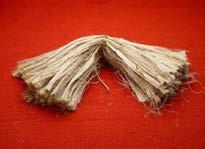
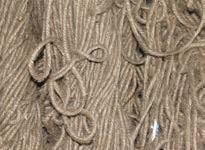
JUTE FIBER
A JUTE FIELD IN BANGLADESH
JUTE WORKER TRANSPORTING PROCESSED JUTE IN BANGLADESH
FEATURES:
• HAND-WRAPPED ABACA ROPE
• FORGED STEEL FRAMEWORK

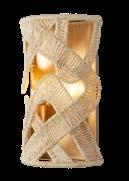
SOGA
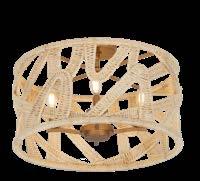

SHOWN FROM LEFT TO RIGHT: 525721MGW - 14” WALL SCONCE, 525756MGW - 28” PENDANT, 525745MGW - 20” SEMI FLUSH, 525761MGW - 48” LINEAR PENDANT
ABACÁ FIBER

FEATURES:
• NATURAL JUTE
• WOODEN MOON-SHAPED BEADS
• GMELINA


NATURALE

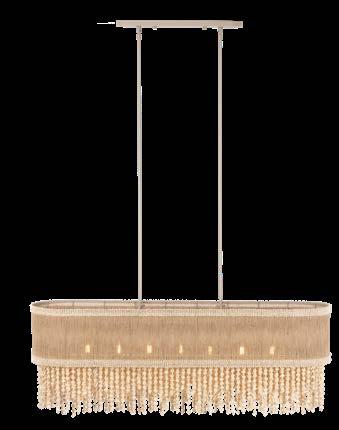
• STEEL NATURAL JUTE
SHOWN FROM LEFT TO RIGHT: 524821JT - 14.5” 1 LT WALL SCONCE, 524855JT - 28” PENDANT, 524845JT - 22” SEMI FLUSH, 524861JT - 48” LINEAR PENDANT

FEATURES:
• NATURAL ABACA FIBER
• GENUINE ACACIA WOOD
• STEEL
• PEARLIZED ANTIQUE BRASS FINISH (PAB)


POPPY
FROM LEFT TO RIGHT:
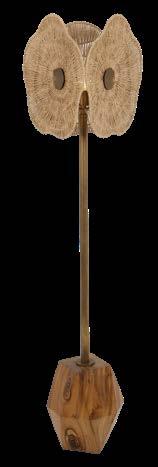
SHOWN
522555PAB - 37” PENDANT, 522568PAB - 59” LINEAR PENDANT, 522595PAB - 69.5” FLOOR LAMP
ABACÁ FIBER
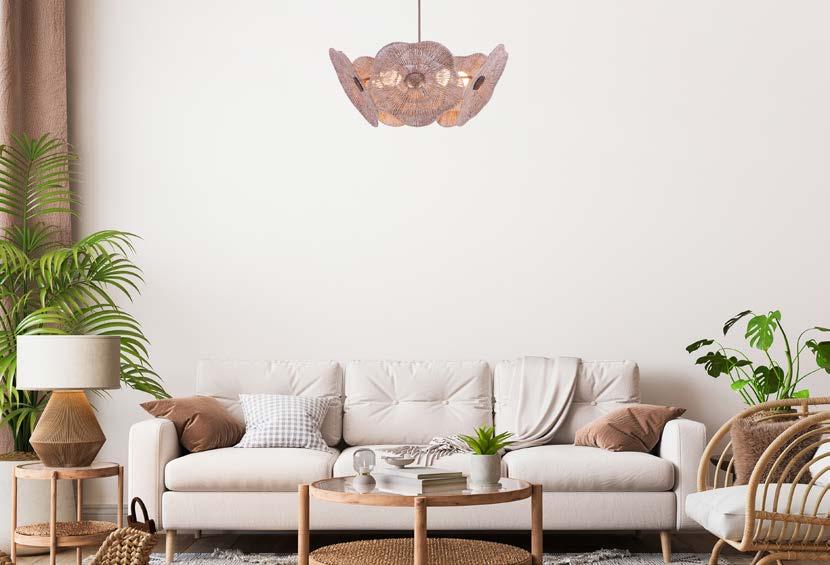
FEATURES:
• ABACA FIBER ROPE
• STEEL
• WARM IVORY (WIV) FINISH

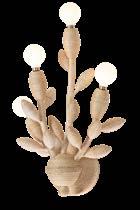
BRANCHE

SHOWN FROM LEFT TO RIGHT: 527021WIV - 18” WALL SCONCE, 527055WIV - 27” CHANDELIER, 527056WIV - 36” CHANDELIER
ABACÁ FIBER

FEATURES:
• WOOD BEADS
• STEEL
• ABACA ROPE
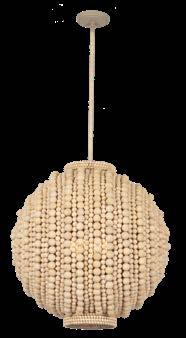

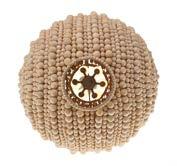
COAXIAL
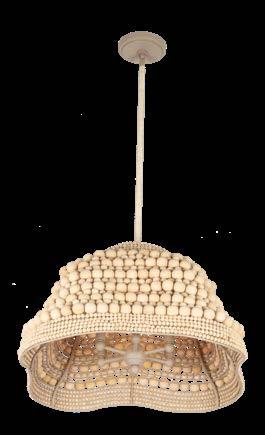
SHOWN FROM LEFT TO RIGHT: 527156JT - 26” ROUND PENDANT, 527155JT - 26” DOMED PENDANT
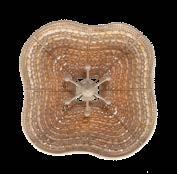
BOTTOM VIEW
BOTTOM VIEW
FRONT VIEW
ABACÁ FIBER
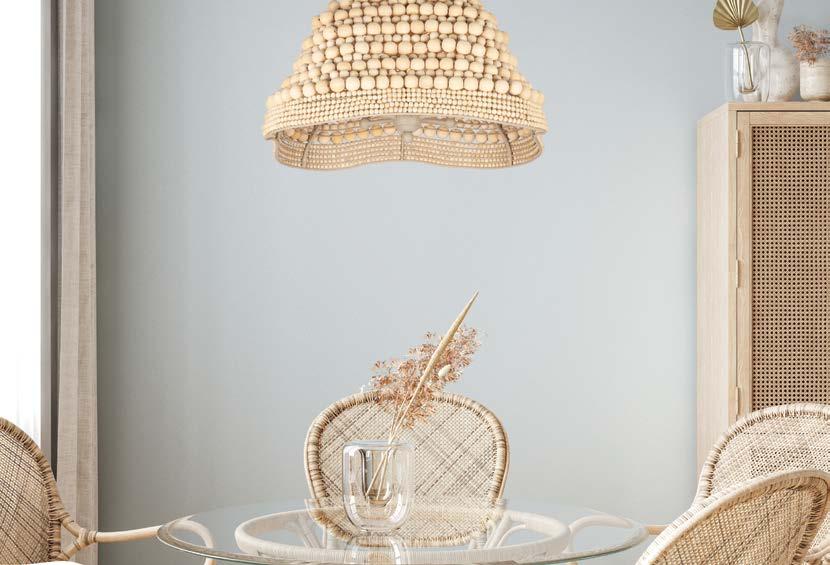
FEATURES:
• ABACA ROPE PANELS
• HIGH-QUALITY STEEL
• PEARLIZED ANTIQUE BRASS WITH MODERN GOLD ACCENTS (PABMG)


BUTTON

SHOWN FROM LEFT TO RIGHT: 526821PABMG - 16” WALL SCONCE, 526845PABMG - 18” FLUSH MOUNT, 526855PABMG - 29” LIGHT PENDANT
ABACÁ FIBER
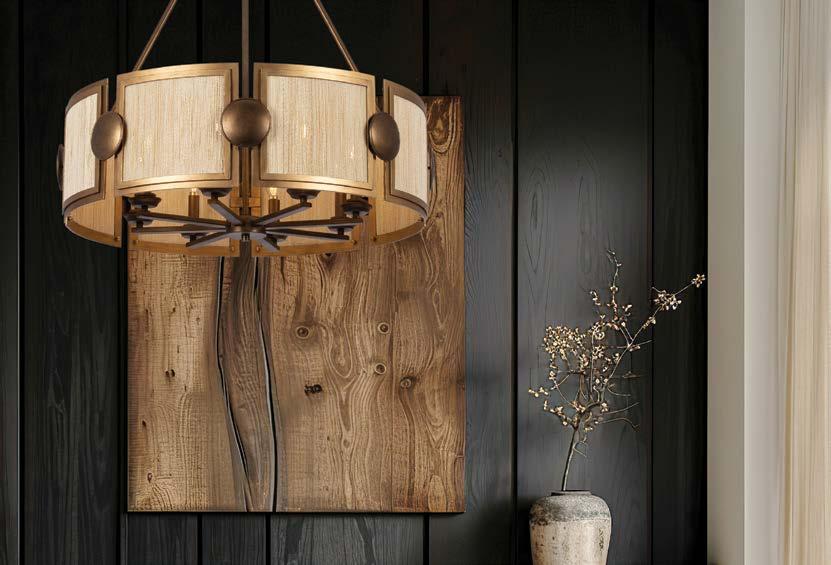
FEATURES:
• HANDMADE WOVEN JUTE SHADES
• STEEL MATTE BLACK FINISH
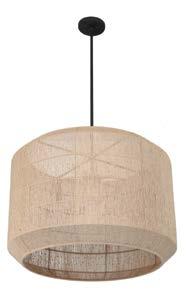
CEBU



SHOWN FROM LEFT TO RIGHT: 515456MB - 26” PENDANT, 515455MB - 20” PENDANT, 515445MB - 16” SEMI FLUSH, 515461MB - 44” LINEAR PENDANT

FEATURES:
• NATURAL JUTE
• STEEL MATTE BLACK FINISH



SEYCHELLES
SHOWN FROM LEFT TO RIGHT: 515255MB - 20” PENDANT, 515256MB - 26” PENDANT, 515241MB - 16” FLUSH MOUNT, 515261MB - 46” LINEAR PENDANT

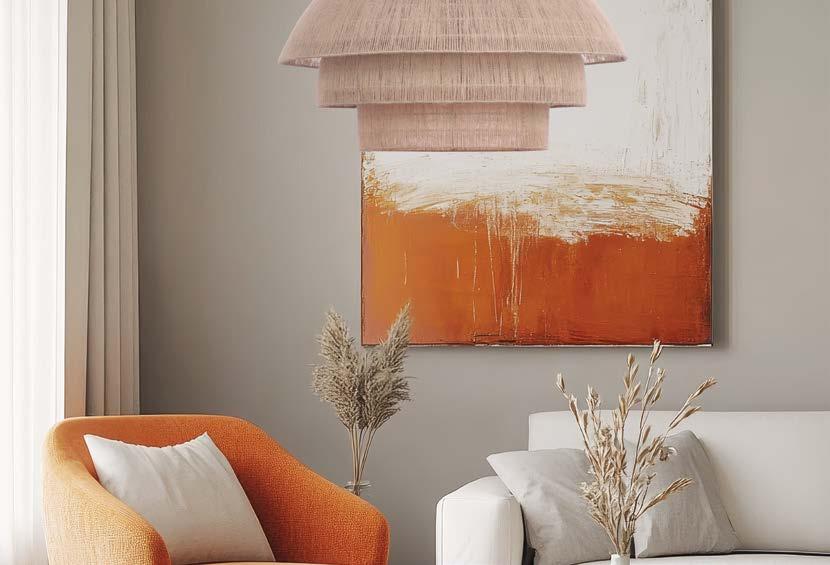
FEATURES:
• CLASSIC NATURAL RATTAN
• STEEL MATTE BLACK FINISH


TABLAS
CLASSIC RATTAN

SHOWN FROM LEFT TO RIGHT: 515345MB - 16” SEMI FLUSH, 515355MB - 28” PENDANT, 515361MB - 42” LINEAR PENDANT
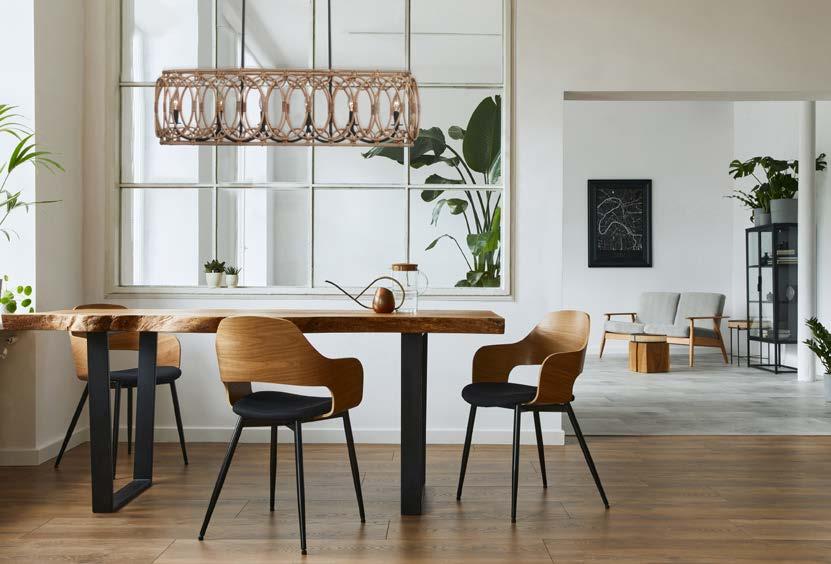
FEATURES:
• AUTHENTIC GMELINA WOOD BEADS
• ROYAL MAHOGANY (RM)
• WROUGHT IRON FRAME

BEECHWOOD
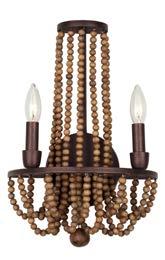
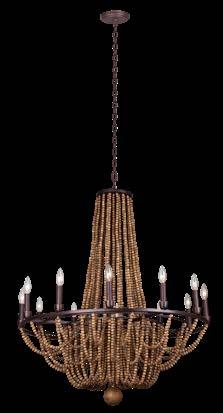
SHOWN FROM LEFT TO RIGHT: 505271RM - 8 LIGHT CHANDELIER, 505220RM - 2 LIGHT WALL BRACKET 505272RM - 12 LIGHT CHANDELIER
GMELINA WOOD BEADS

HISTORY OF LEATHER
Natural leather’s history spans millennia, with evidence of its use dating back to at least 400,000 years ago. Early humans recognized the value of animal hides for clothing, shelter, and tools, developing simple tanning methods like drying, smoking, and using fats to preserve them. The art of leatherworking evolved through various ages, with advancements in tanning techniques and tools leading to more sophisticated applications.
Leather is a strong, flexible and durable material obtained from the tanning, or chemical treatment, of animal skins and hides to prevent decay. The most common leathers come from cattle, sheep, goats, equine animals, buffalo, pigs and hogs, ostriches, and aquatic animals such as seals and alligators.
Leather can be used to make a variety of items, including clothing, footwear, handbags, furniture, tools and sports equipment, and lasts for decades. Leather making has been practiced for more than 7,000 years and the leading producers of leather today are China and India.
LEATHER
The term “genuine leather” does not describe a specific grade. The term often indicates split leather that has been extensively processed, and some sources describe it as synonymous with bicast leather,[13] or made from multiple splits glued together and coated.In some countries, when it is the description on a product label the term means nothing more than “containsleather”; depending on

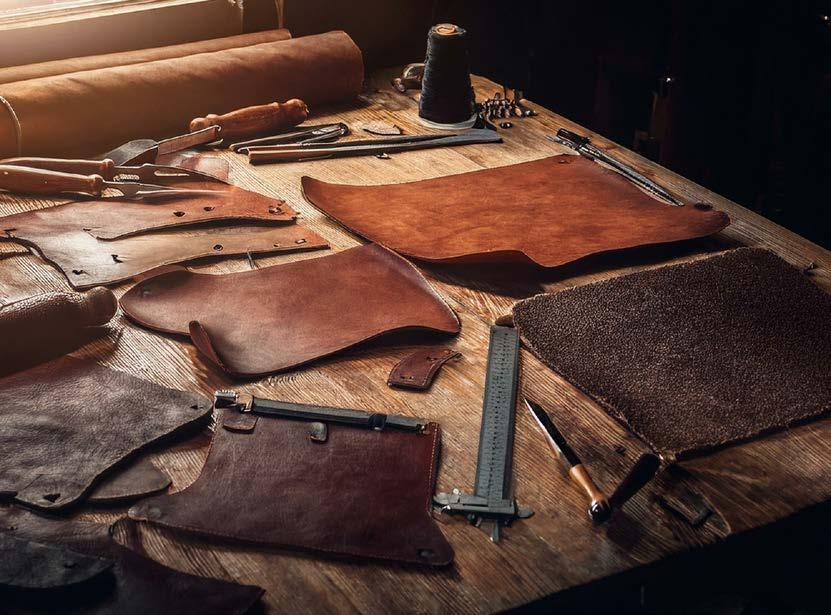
FEATURES:
• GENUINE LEATHER
• LED LIGHTS
• BRASS HARDWARE
CAPE



SHOWN FROM LEFT TO RIGHT: 519923STB - W: 4.5” H: 20” E: 6”, 519921STB - W: 4.5” H: 20” E: 6”, 519922STB - W: 4.5” H: 20” E: 6”
GENUINE LEATHER

FEATURES:
• AUTHENTIC ACACIA WOOD BASE
• GENUINE FINE LEATHER SHADE
• HAND PAINTED GRAPHITE FINISH (GPH)
PLEXUS
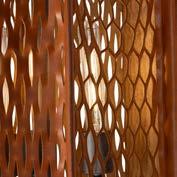

SHOWN: 524795GPH - LEATHER FLOOR LAMP
GENUINE LEATHER SHADE DETAIL VIEW
GENUINE LEATHER

FEATURES:
• GENUINE LEATHER
• STEEL
• PEARLIZED ANTIQUE BRASS FINISH
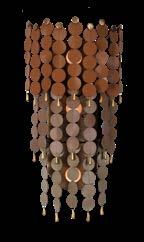

FROM LEFT TO RIGHT: 522323PAB - WALL SCONCE, 522355PAB - 27”
SHOWN
CHANDELIER
GENUINE LEATHER
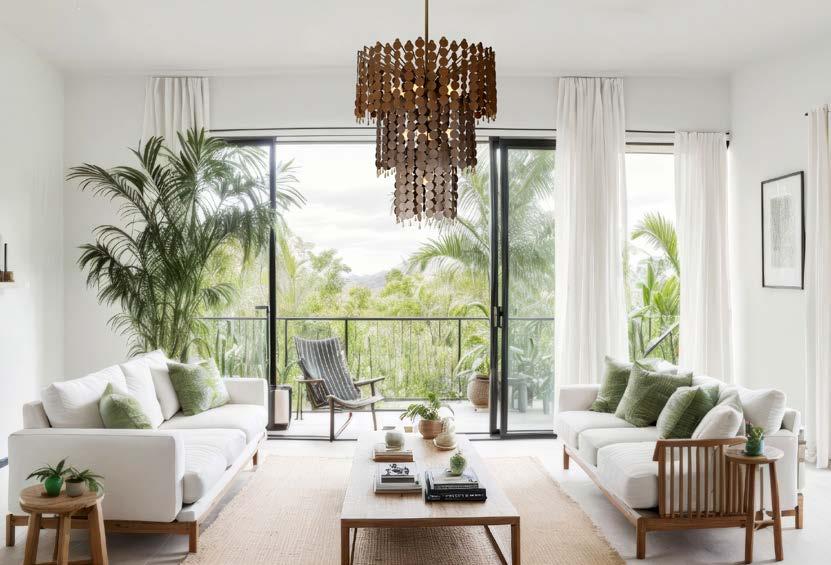
FEATURES:
• GENUINE LEATHER WRAPPED ARMS
• WINTER BRASS (WB) FINISH
• GLASS GLOBE WITH ACRYLIC DIFFUSER
• LED LAMP
• STEEL
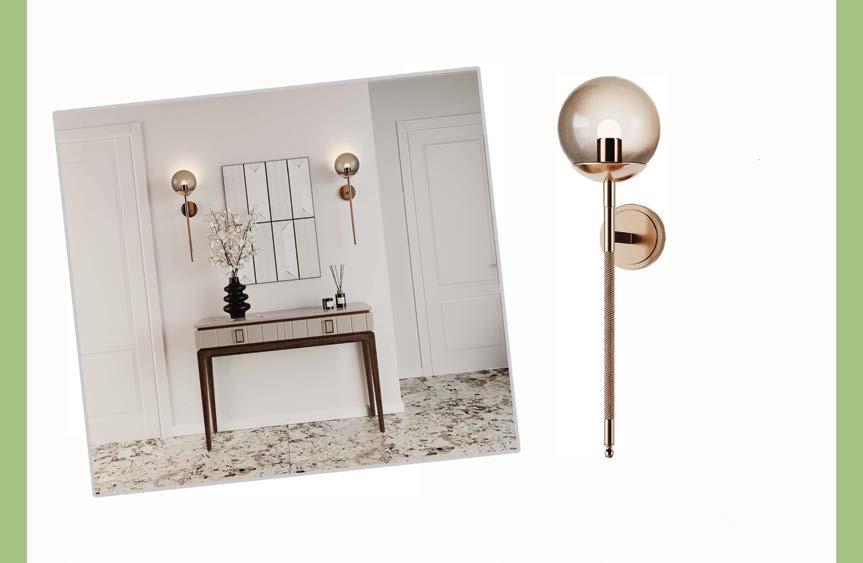


GENUINE LEATHER
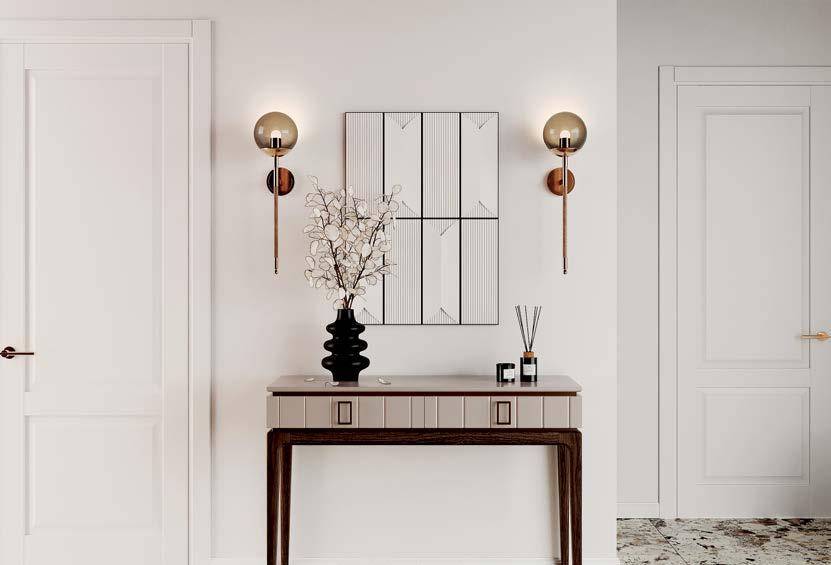
FEATURES:
• BONE CHINA SHADE IS ACCENTED WITH RICH MAHOGANY LEATHER STRAPS
• PEARLIZED ANTIQUE BRASS FINISH
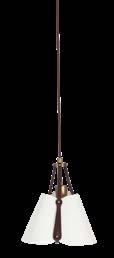

EMBRACE
SHOWN FROM LEFT TO RIGHT: 525211PAB -
MAHOGANY LEATHER STRAPS
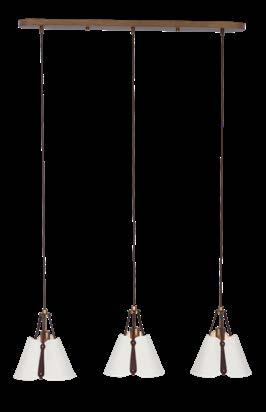
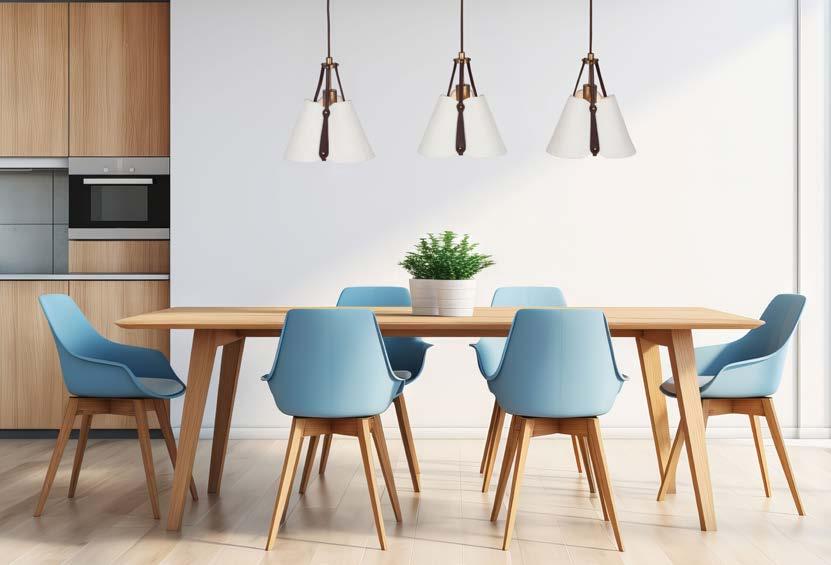
We have been crafting, designing and thinking about illumination for almost 40 years. Our legacy as “Masters of Light” has given us a deep understanding of what inspires people. Our dedication to Design, Service and Quality is the foundation of our success and we hope you’ll take a deeper look into our world and everything we offer.


EXPLORE OUR VIRTUAL SHOWROOM
We’re bringing our showroom to you! See our lighting products in 3D. bit.ly/kalco_showroom

